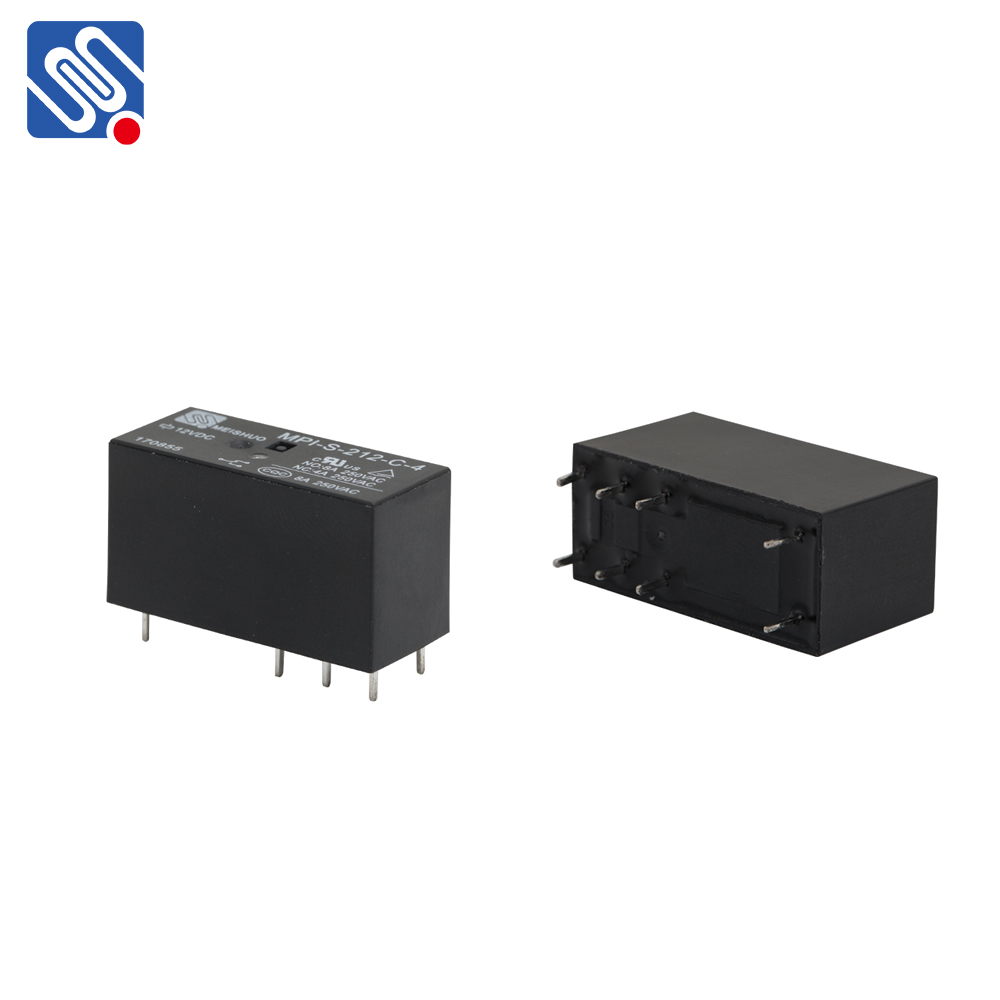In modern communication systems, relay networks have become a pivotal component in enhancing the reliability and reach of wireless communication. Relay efficiency, as a concept, plays a crucial role in determining how effectively these relay nodes contribute to data transmission, both in terms of energy consumption and throughput. Whether in cellular networks, satellite communication, or Internet of Things (IoT) systems, understanding relay efficiency is key to optimizing network performance. This article delves into the concept of relay efficiency, its significance in wireless communication, and ways to improve it.

What is Relay Efficiency? Relay efficiency refers to the effectiveness with which a relay node in a communication network forwards data between a source and a destination. This efficiency can be measured in several ways, including energy efficiency, throughput, and latency. The main goal of using relay nodes is to enhance the communication range, signal quality, and overall reliability without significantly increasing energy consumption or delay. A relay node works by receiving a signal from the source and retransmitting it to the destination. This process helps mitigate issues such as poor signal strength or interference that would otherwise affect the quality of communication. However, this process comes with its own challenges, particularly in balancing the power consumed by the relay node and the data successfully transmitted.